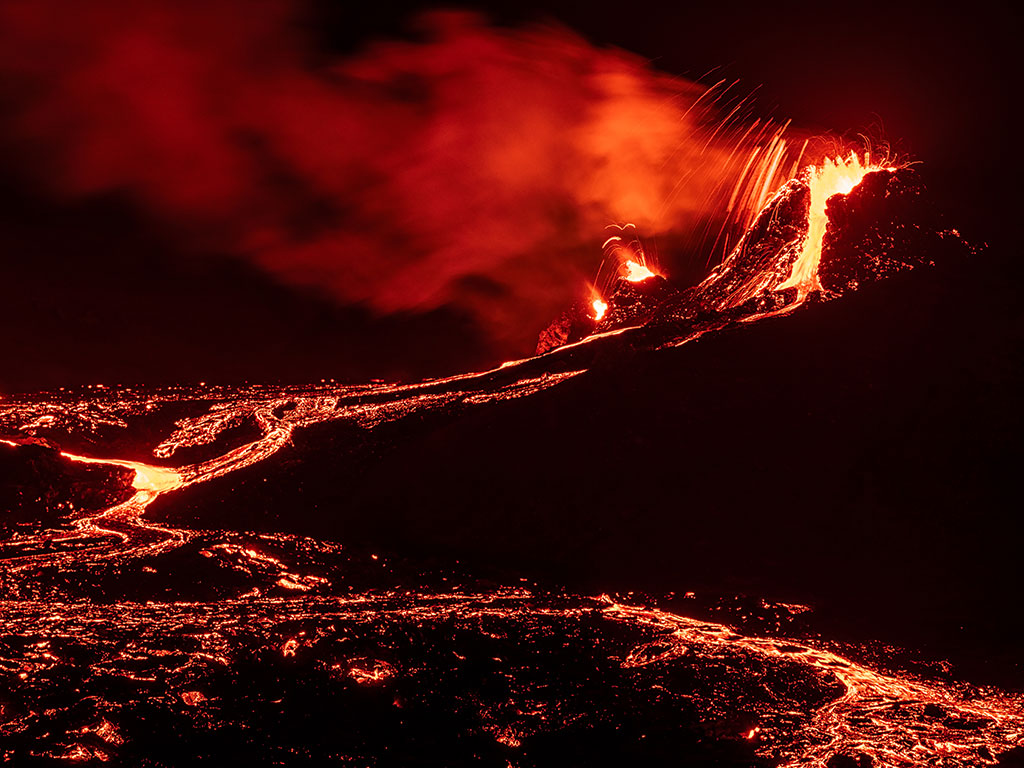In the wake of being shaken by 15 months of progressively problematic quakes, incorporating around 50,000 in the previous three weeks, Iceland’s Reykjanes Peninsula is at long last encountering the volcanic ejection that numerous geologists suspected was on its way. After almost 800 years without an emission, this southwestern piece of the nation is encountering magma streams that specialists say have been bound to happen.
On Friday, March 19, at around 8:45 p.m. neighborhood time, liquid stone penetrated the surface in a valley close to a level beat mountain named Fagradalsfjall, in the district of Geldingadalur, six miles from the closest town. Glowing splash emitted along a break in the earth, searing the dirt as little magma wellsprings enlightened the dim scene.
The emission includes a moderately limited quantity of magma bound to a progression of valleys, making it far-fetched that any populace communities will be compromised. This sort of liquid stone is extremely liquid and caught gasses effectively departure, and it’s not ejecting into water or ice, so it will not turn out to be particularly dangerous, produce a supported debris crest, or excursion any sizable volcanic squares across the area. Researchers accept the ejection will persevere for a couple of more days or weeks prior to burning out.
In any case, this unobtrusive emission could stamp the start of something greater. Proof from both recorded records and antiquated magma streams shows that at whatever point this area has encountered a significant uptick in seismic action, irregular ejections chased after for a very long time.
The Geldingadalur emission hence gives a phenomenal chance to consider the drawn out volcanic action of southwest Iceland. Researchers are scrambling to screen what might be the initial salvo in a progression of volcanic volleys, which could give signs concerning why the promontory erupts just once at regular intervals.

